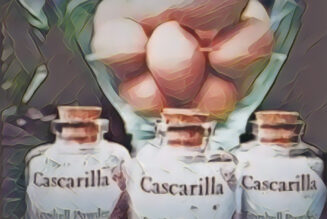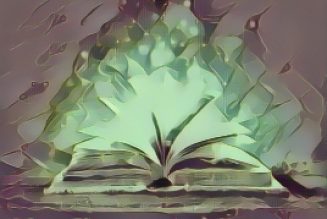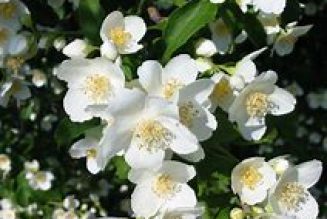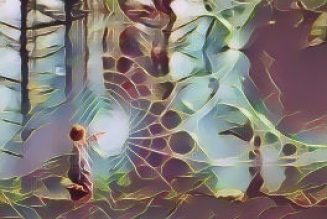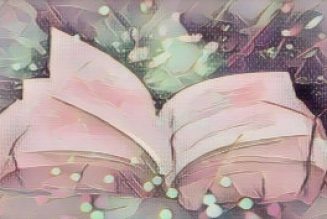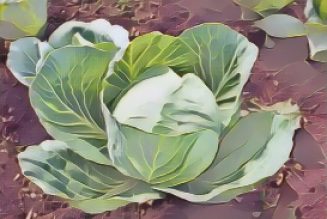Plantain (Plantago lanceolata), often called ribwort or narrowleaf plantain, is a humble yet powerful herb found in meadows, lawns, and roadsides across the world. Its long, lance-shaped leaves are easily recognized by their parallel veins and slightly fuzzy texture. (short pause) Though it may seem unassuming, plantain has a rich history of use in both herbal medicine and magical traditions, making it a true treasure for any witch or herbalist.
Medicinally, plantain is a true ally. It acts as a natural antihistamine, making it excellent for soothing insect bites and easing hay fever when brewed as a tea. As a vulnerary, plantain is renowned for its wound-healing abilities—applied as a poultice, it draws out heat, inflammation, and even dirt from wounds, making it a staple for treating cuts, scrapes, varicose veins, and varicose eczema. Its purifying qualities extend to relieving toothache and gum inflammation, while its soothing effect on mucous membranes makes it invaluable for stomach ulcers, IBS, and overall digestive healing. Plantain is also an expectorant, helping to clear stubborn coughs and chronic bronchitis, and is especially useful for dry coughs. Greater plantain, or Plantago major, is traditionally used to relieve tired, aching feet.
To make a simple plantain poultice, gather fresh leaves, rinse them, and crush or chew them to release their juices. Apply the mash directly to the affected area and cover with a clean cloth or bandage. This remedy is perfect for bee stings, nettle rash, or minor wounds. For a soothing tea, steep a handful of fresh or dried leaves in hot water for 10 minutes—this can help with allergies, coughs, or digestive discomfort. You can also infuse plantain leaves in oil to create a healing salve for skin irritations, or prepare a tincture for long-term use. Remember, the antibacterial properties of plantain are most potent when the plant is fresh, so try to harvest just before use whenever possible.
Plantain’s reputation as a healer stretches back centuries. In medieval Europe, it was called “the healing herb” and was a staple in every wise woman’s garden. The Anglo-Saxons revered it as one of the nine sacred herbs in the “Nine Herbs Charm,” an ancient incantation for protection and healing. In one old tale, a traveler lost in the woods followed a path lined with plantain and found their way home, believing the plant had guided and protected them. In Slavic folklore, plantain was sewn into the hems of clothing or tucked into shoes to shield against evil spirits and misfortune. In Ireland, plantain was used in rituals to ground energy and connect with the earth, and in some Native American traditions, it was called “white man’s footprint” for its tendency to grow wherever settlers traveled, symbolizing resilience and adaptation.
Magically, plantain is a plant of protection, healing, and resilience. In folk magic, its leaves are carried or placed in the home to ward off evil and illness. Plantain is often used in spells for strength, resilience, and grounding, and is believed to break hexes and remove negative energies. It is also associated with safe travel—tucking a leaf into your shoe is said to protect you on journeys. In ritual, plantain can be burned or added to charm bags for purification and to enhance the power of other herbs. (short pause) Throughout history, plantain has been revered in many cultures for its magical potency. In ancient Anglo-Saxon tradition, it was one of the nine sacred herbs listed in the “Nine Herbs Charm,” a powerful incantation for healing and protection. Some witches would weave plantain leaves into protective amulets or braid them into garlands to hang above doorways, believing the plant would guard against spirits and misfortune. In Slavic folklore, plantain was thought to shield travelers from harm and guide them safely home, while in Celtic lore, it was used in rituals to ground energy and connect with the earth. Plantain is also a symbol of resilience and endurance, thriving in the most trodden paths and disturbed soils—making it a favorite for spells that require perseverance or overcoming obstacles. To break a curse, practitioners might crush fresh plantain leaves and rub them on the skin, visualizing the plant drawing out negativity. For divination, some traditions recommend placing a plantain leaf under the pillow to receive prophetic dreams or messages from the spirit world. Whether used in charm bags, incense blends, or ritual baths, plantain’s energy is gentle yet steadfast, offering a shield of protection and a wellspring of healing to those who seek its aid.
Here are a few practical ways to incorporate plantain into your daily witchcraft practice: (pause)
- For a simple protection charm, dry several plantain leaves and tie them together with red thread. Hang this bundle above your doorway to guard your home from negativity.
- To create a healing bath, add a handful of fresh or dried plantain leaves to your bathwater, along with a pinch of sea salt and a few drops of lavender oil. As you soak, visualize the plantain drawing out illness and restoring your energy.
- For travel protection, slip a fresh plantain leaf into your shoe before a journey, or carry a small sachet of dried leaves in your bag.
- To break a hex or remove unwanted energy, crush fresh plantain leaves and rub them gently on your skin, focusing on areas where you feel tension or heaviness. Imagine the plantain absorbing and neutralizing negativity.
- For divination, place a plantain leaf under your pillow before sleep and record any dreams or insights you receive upon waking.
With its deep roots in both herbal medicine and magical tradition, plantain is a must-have for any witch’s apothecary, offering both physical and spiritual support on your path. Whether you’re crafting remedies, casting spells, or simply seeking a deeper connection to the earth, plantain’s gentle strength and enduring spirit will guide and protect you on your journey.













